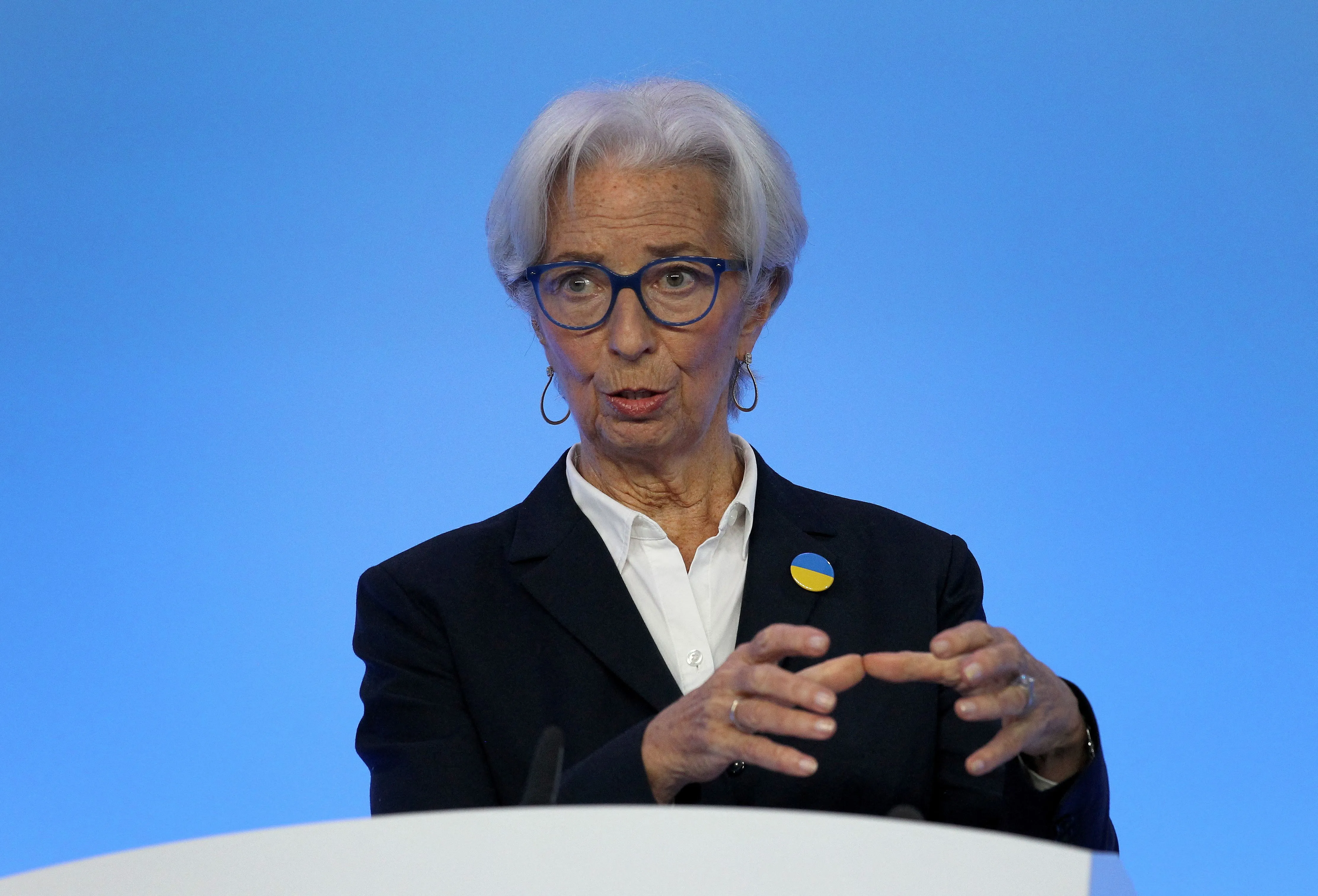Traders Place Bets That the ECB Will Cut Rates One More Time This Year
Traders have scaled back their expectations for additional interest rate cuts by the European Central Bank (ECB) this year after President Christine Lagarde suggested policymakers may pause their current cycle of monetary easing.
According to the latest data from money markets, the odds of a quarter-point rate cut by the ECB before the end of 2025 have dropped to about 75%, down from roughly 90% prior to Thursday’s policy announcement. As widely anticipated by economists, the ECB left interest rates unchanged — marking the first time in over a year that the central bank refrained from adjusting borrowing costs.
During a press conference following the decision, Lagarde signaled that the central bank is comfortable with its current monetary stance, particularly with inflation now aligned with the ECB’s 2% target. “Monetary policy is in a good place,” she stated.
Still, she pointed out that ongoing trade negotiations between the euro area and the United States continue to inject a degree of uncertainty into the economic outlook. On a more optimistic note, she remarked that the region’s economic growth has evolved in “a relatively favorable way.”
Lagarde’s cautious tone prompted some analysts to reassess the broader trajectory of ECB policy. Mark Wall, chief European economist at Deutsche Bank, said the central bank may have reached the end of its rate-cutting path. “Markets are not far away from switching focus from the last cut to the first hike,” Wall observed. He added that if current trade tensions ease and the economy continues to strengthen — particularly in the face of elevated fiscal spending — the ECB could eventually confront renewed inflationary pressures.
In the bond market, government debt extended its earlier losses following Lagarde’s comments. Yields on German 10-year bunds climbed as much as six basis points, reaching 2.70%, the highest level in a week. This move was mirrored by a drop in U.S. Treasury prices after a stronger-than-expected U.S. jobs report, which also contributed to a rise in global bond yields.
Meanwhile, the euro saw gains against both the British pound and the Japanese yen after Lagarde’s remarks, hitting session highs as traders reassessed the likelihood of additional rate cuts. Against a broadly stronger U.S. dollar, however, the euro remained relatively flat, hovering around $1.1770.
The ECB’s decision to hold rates steady and the subsequent shift in market expectations reflect a complex economic backdrop. On one hand, inflation appears to be under control, giving the central bank some breathing room.
On the other hand, lingering concerns over international trade, geopolitical developments, and global monetary policy trends continue to shape the outlook.
By acknowledging the mixed signals in the economy — steady inflation, moderate growth, but potential external shocks — Lagarde struck a balance that suggests the ECB is in no hurry to commit to additional stimulus or signal an imminent reversal. The central bank’s recent strategy has been characterized by data dependency, and this cautious posture seems likely to persist.
Investors will now watch upcoming economic indicators and central bank commentary closely to determine whether this pause becomes a longer-term holding pattern or a pivot toward tightening. For now, financial markets appear to be recalibrating, moving away from firm expectations of further easing and beginning to contemplate the conditions under which a rate hike could return to the table.
Ultimately, the ECB’s evolving stance and Lagarde’s emphasis on flexibility highlight how the central bank is navigating a delicate transition — from fighting inflation to preserving stability amid shifting global dynamics.
With inflation at target and growth holding steady, the ECB may have found temporary equilibrium. Whether that holds in the months ahead will depend on incoming data, trade developments, and how resilient the eurozone economy proves to be.

Subscribe to our newsletter!
As a leading independent research provider, TradeAlgo keeps you connected from anywhere.








